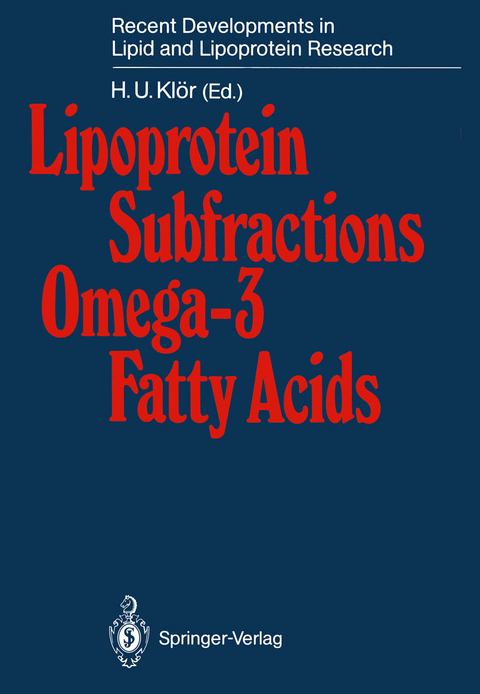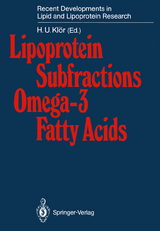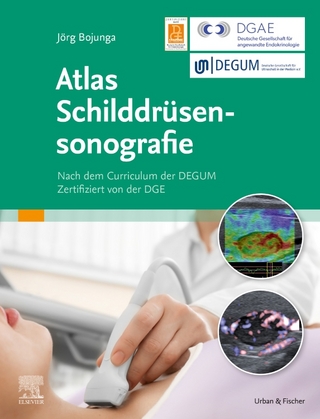Lipoprotein Subfractions Omega-3 Fatty Acids
Springer Berlin (Verlag)
978-3-540-19146-9 (ISBN)
Lipoprotein Subtractions; Their Role in Lipid Transport and Atherosclerosis.- The Lipoprotein Family Concept: An Update.- Ultracentrifugal, Chromatographic and Electrophoretic Techniques for Lipoprotein Subfractionation.- Analysis of Lipoprotein Particles Using Immunoaffinity Chromatography and ELISA Techniques.- Lipoprotein Association and Function of Apolipoprotein A-IV.- LP-X and Other Abnormal Lipoprotein Particles in Secondary Dyslipoproteinemia.- Turnover Studies of Apolipoproteins C: A First Critical Appraisal.- Lecithin: Cholesterol Acyl Transferase, Cholesterol Ester Exchange/Transfer Protein, and Lipoprotein Particles.- Role of the Liver in the Metabolism of Lipoprotein Particles.- LDL Subtractions and Atherosclerosis.- HDL Subclasses and Atherosclerosis.- Lipoprotein Deficiency Syndromes.- Significance of the Interaction Between Lipoprotein Subtractions and Macrophages for Reverse Cholesterol Transport.- HDL Receptor of Cultured Adipocytes and Its Role in Reverse Cholesterol Transport.- Omega-3 Fatty Acids.- Effects of Polyunsaturated Fatty Acids on Biochemical and Functional Aspects of Endothelial and Blood Cells.- Oxidative Metabolism of Unsaturated Fatty Acids and Free Radical Formation.- Omega-3 Fatty Acids and Hemostasis.- The Effects of Omega-3 Fatty Acids in Multiple Sclerosis: 2-Year Results.- Omega-3 Fatty Acids, Autoimmunity, and Diabetes.- Omega-3 and Omega-6 Polyunsaturated Fatty Acids: Nutritional Needs and Dietary Recommendations.- Omega-3 Fatty Acid Treatment of Hyperlipidemia: Efficacy and Mechanisms of Action.
| Erscheint lt. Verlag | 10.2.1989 |
|---|---|
| Reihe/Serie | Recent Developments in Lipid and Lipoprotein Research |
| Zusatzinfo | XII, 133 p. 23 illus. |
| Verlagsort | Berlin |
| Sprache | englisch |
| Maße | 170 x 244 mm |
| Gewicht | 325 g |
| Themenwelt | Medizinische Fachgebiete ► Innere Medizin ► Endokrinologie |
| Studium ► 1. Studienabschnitt (Vorklinik) ► Biochemie / Molekularbiologie | |
| Schlagworte | atherosclerosis • autoimmunity • blood cell • Diabetes • immunity • Liver • Macrophages • Metabolic disease • Metabolism • Multiple Sclerosis • Nutrition • prevention • proteins • Research • Transport • Treatment |
| ISBN-10 | 3-540-19146-1 / 3540191461 |
| ISBN-13 | 978-3-540-19146-9 / 9783540191469 |
| Zustand | Neuware |
| Haben Sie eine Frage zum Produkt? |
aus dem Bereich




